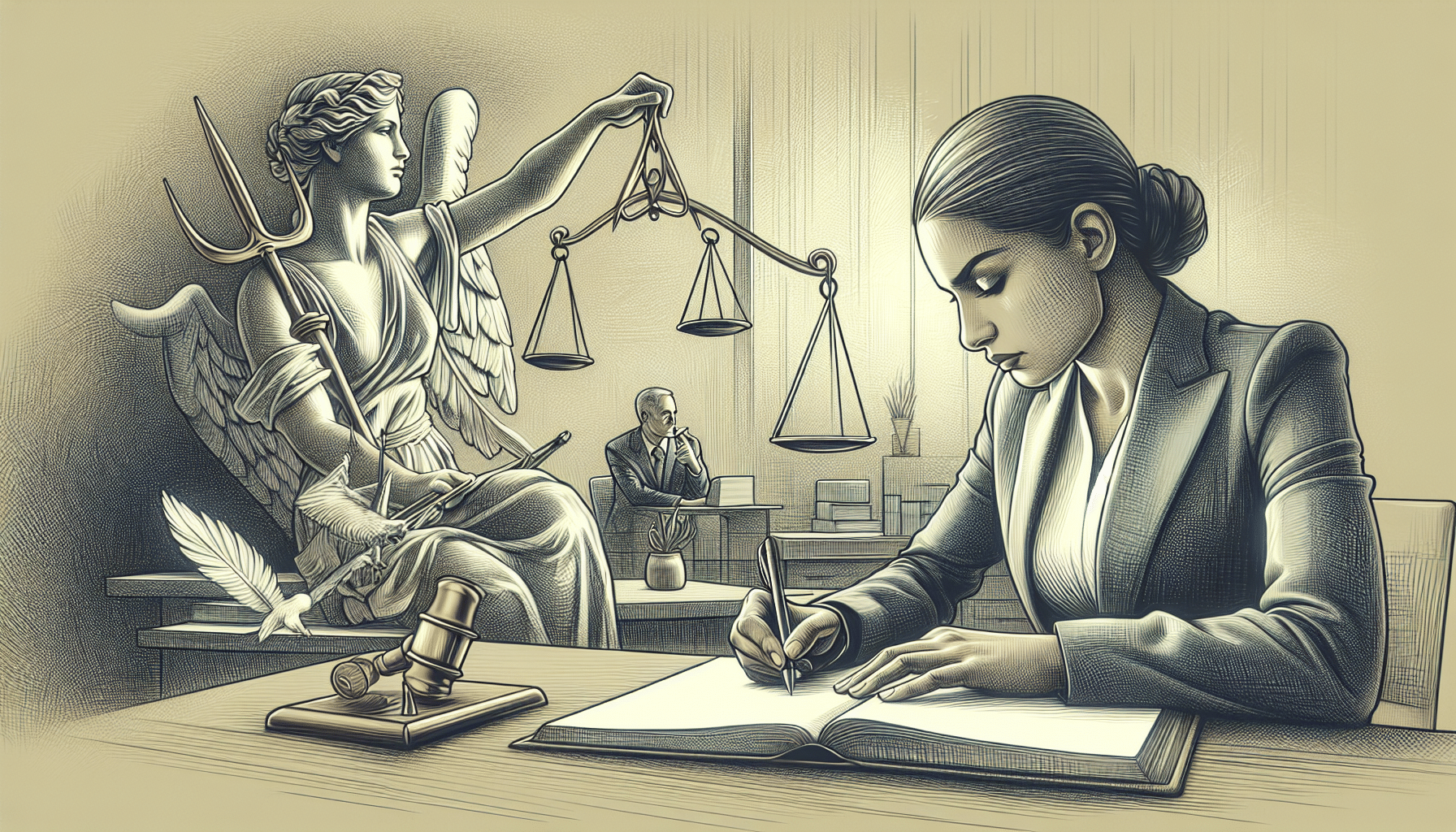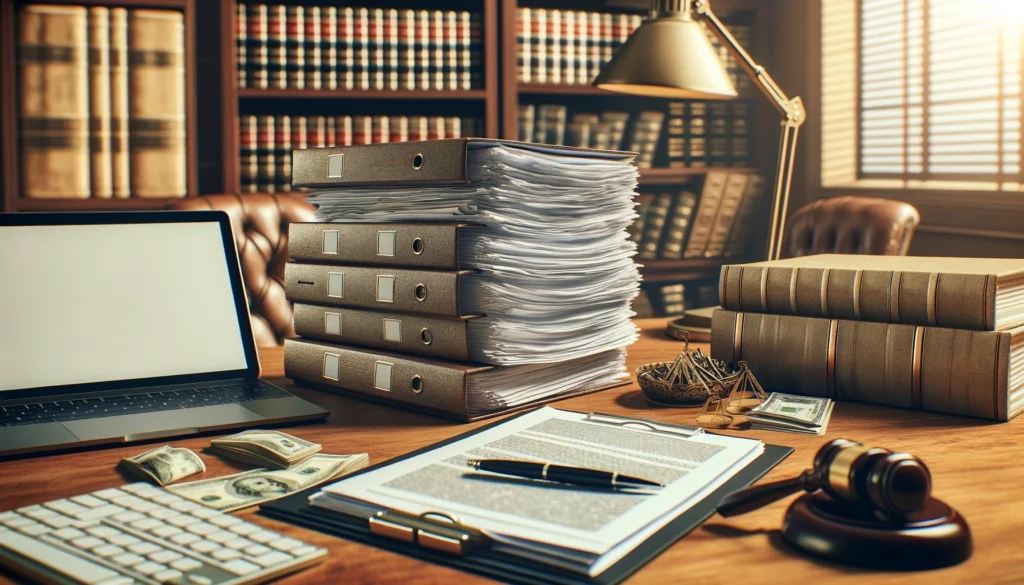
Setting the Scene: The Role of AI in Modern Legal Practice
The evolving landscape of modern legal practice is markedly influenced by advancements in artificial intelligence. AI tools, like OpenAI’s ChatGPT, are becoming indispensable assets within the realm of personal injury cases. These tools promise to augment traditional legal procedures by optimizing efficiency and enhancing the depth of analysis. Particularly for paralegals, AI offers the potential to revolutionize the drafting of settlement proposals, transforming complex and time-consuming tasks into streamlined processes.
A natural segue from recognizing this potential leads us to the foundational steps of integrating AI into legal workflows.
Getting Started: Integrating ChatGPT into Your Workflow
Before reaping the benefits of ChatGPT, it’s essential to understand the initial setup and access mechanisms. Getting started involves a straightforward process of setting up an account and familiarizing oneself with the user interface. ChatGPT is designed with an intuitive layout that facilitates user interaction, making it easy to navigate its various functionalities.
To maximize ChatGPT’s value within your team, consider it as a valuable team member rather than just a tool. Integration means actively engaging with its features and understanding how it can contribute to different stages of legal work. Moving from this foundational understanding, let’s delve into the nuances of prompt crafting.
Also read:
The Art of Prompt Crafting: Essential Techniques for Maximum Efficiency
Crafting effective prompts is essential for harnessing the full potential of ChatGPT. A well-structured prompt can significantly enhance the quality of the AI’s output.
Different types of prompts generate varying results:
- Open-ended prompts encourage expansive and detailed responses.
- Specific prompts direct ChatGPT to focus on particular areas.
- Scenario-based prompts simulate real-life situations for more tailored solutions.
For example, if drafting a settlement proposal, an effective open-ended prompt might be:
“Outline key components commonly included in settlement proposals for personal injury cases involving motor vehicle accidents.”
This leads us naturally into refining the response to legal standards.
Also read:
Fine-Tuning Legal Language: Making ChatGPT Think Like a Lawyer
Training ChatGPT to understand legal terminology and context is crucial for generating useful outputs. This involves feeding it prompts that are rich in legal language and context-specific details. Techniques for fine-tuning include iterative testing and refining the AI’s responses to ensure alignment with professional legal standards.
Maintaining a consistent tone and style across communications helps present a unified voice in legal documents. This meticulous attention to detail ensures that AI-generated content adheres to the rigorous demands of legal practice.
Transitioning from language refinement, we explore ChatGPT’s utility in legal research.
Also read:
Streamlining Research: ChatGPT as Your Legal Research Assistant
ChatGPT can be a powerful ally in legal research by helping to identify relevant case law and statutes. It can summarize extensive legal documents, making it easier to distill vital information. Utilizing AI to gather precedents and formulate compelling legal arguments can save paralegals considerable time.
From research efficiency, we pivot to the practical application of drafting settlement proposals.
Also read:
Drafting the Proposal: Step-by-Step Guidance with ChatGPT
When structuring a compelling settlement proposal, begin by outlining the key elements ChatGPT identifies as essential. These often include:
- Introduction and background of the case
- Details of the incident
- Medical treatment and expenses
- Lost wages and earning capacity
- Pain and suffering
- Conclusion and settlement demand
Automated suggestions from ChatGPT can enrich these sections with substantial content, ensuring completeness and persuasiveness.
Having crafted the draft proposal, the next step involves rigorous error checking and refinement.
Also read:
Error Checking and Refinement: Ensuring Accuracy and Legal Compliance
Post-draft, reviewing and editing ChatGPT’s outputs is paramount. Utilize AI for grammar and spell-check while paying close attention to legal accuracy. Verifying compliance with jurisdictional rules ensures that the settlement proposal meets legal standards and is compellingly assembled.
From refinement, we look into enhancing collaboration within legal teams using AI.
Also read:
Enhancing Collaboration: Integrating ChatGPT with Legal Teams
Facilitating seamless communication and document sharing is crucial for team efficiency. ChatGPT can be a collaborative tool, enabling multiple team members to edit and provide feedback on documents. This enhances productivity by fostering an environment of continuous improvement and collective effort.
Shifting focus, ethical considerations of AI usage in legal practice are critical.
Also read:
Ethical Considerations: Navigating the AI-Law Intersection
Addressing privacy and confidentiality concerns is vital to ethical AI deployment. Ensure client consent and transparency in AI use, maintaining trust and integrity in legal practices. Ethical guidelines must be adhered to, safeguarding sensitive client information.
Concluding the discussion, we reflect on the broader impact of AI in legal work.
Final Thoughts: Embracing the Future of Legal Work with ChatGPT
In summary, integrating AI in personal injury cases offers manifold benefits, enhancing efficiency and accuracy. Lawyers and paralegals are encouraged to experiment with and innovate using AI tools like ChatGPT. Embrace this technology for continuous learning and adaptation, ensuring you stay at the forefront of legal practice advancements.


